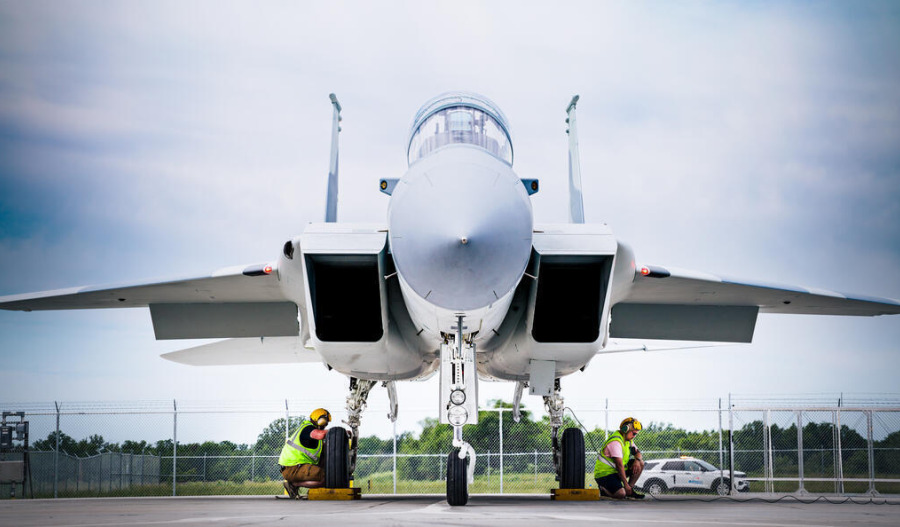Oil prices climbed during Asian trading on Friday, rising nearly 2% as a Ukrainian drone attack on a key Russian Black Sea port reignited concerns about supply disruptions.
The strike targeted the port of Novorossiysk, one of Russia’s most important oil export hubs, damaging an oil depot, a docked vessel and nearby residential buildings, according to the Kyiv Independent. Three crew members were reported injured.
By 3:55 pm AEDT (4:55 am GMT), Brent crude futures were up 89 cents, or 1.4%, at $63.90 per barrel, while U.S. West Texas Intermediate crude gained 89 cents, or 2.1%, to $59.94 per barrel.
For the week, Brent crude is up 0.94%, while WTI has risen 0.28%.
The price gains followed a sharp 3% drop on Wednesday, triggered by OPEC's monthly report projecting that global oil supply will match demand in 2026, a shift from earlier expectations of a supply deficit.
Fresh data from the U.S. Energy Information Administration also provided market direction. U.S. crude inventories rose by 6.4 million barrels to 427.6 million barrels in the week ending 7 November, far exceeding analysts’ expectations for a 2 million-barrel build.
Gasoline and distillate stockpiles fell, though by less than forecast.
Meanwhile, investors are monitoring the evolving impact of Western sanctions on Russian oil supply and global trade flows.
The U.S. recently imposed new restrictions on Rosneft and Lukoil in an effort to pressure Moscow into peace talks over the conflict in Ukraine. The measures prohibit transactions with the companies after 21 November.
ANZ analysts noted: “The trading arm of Lukoil has already started terminating jobs with days to go before the sanctions fully kick in.”



